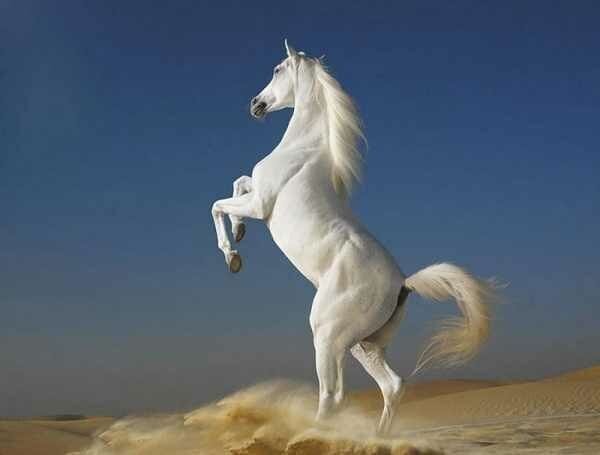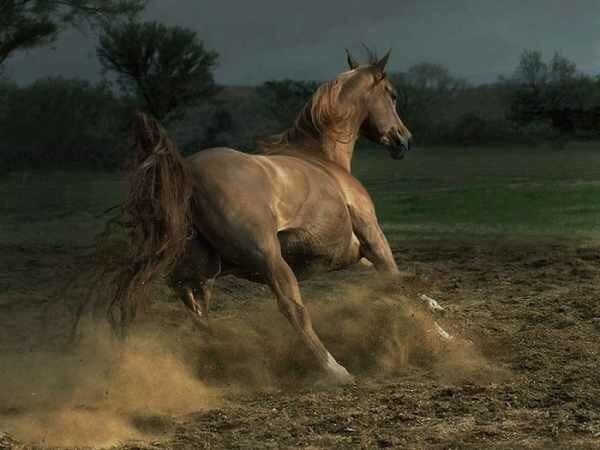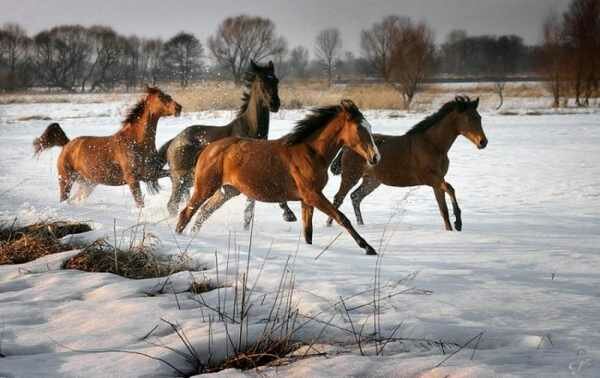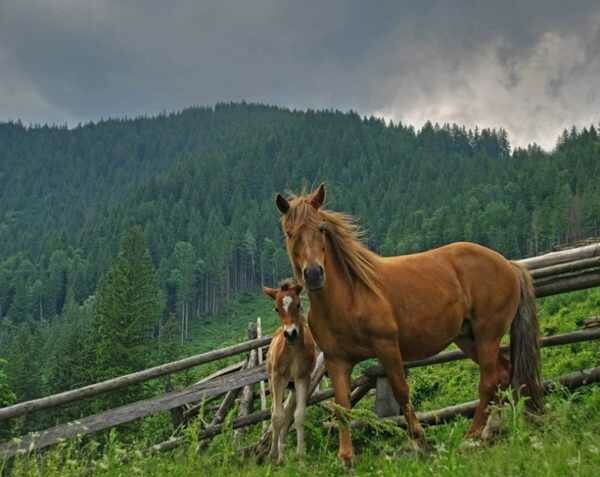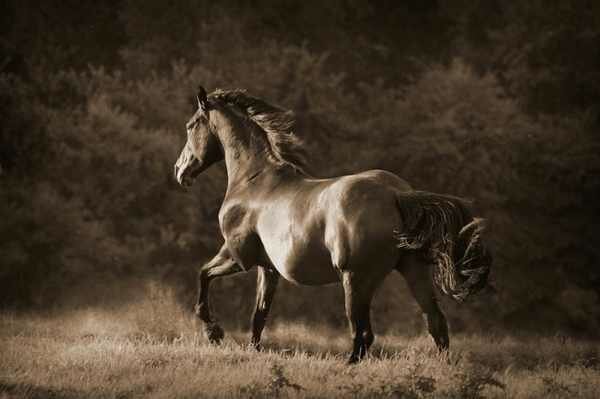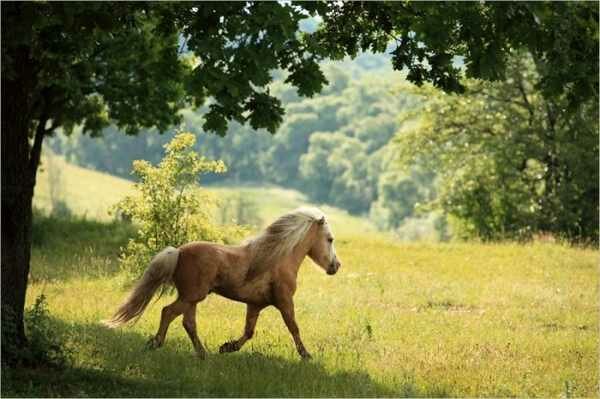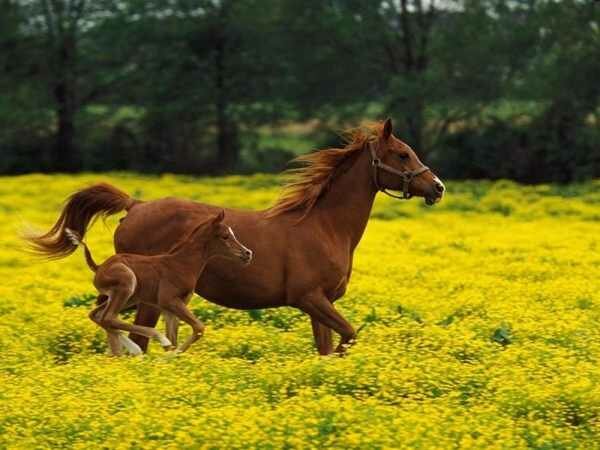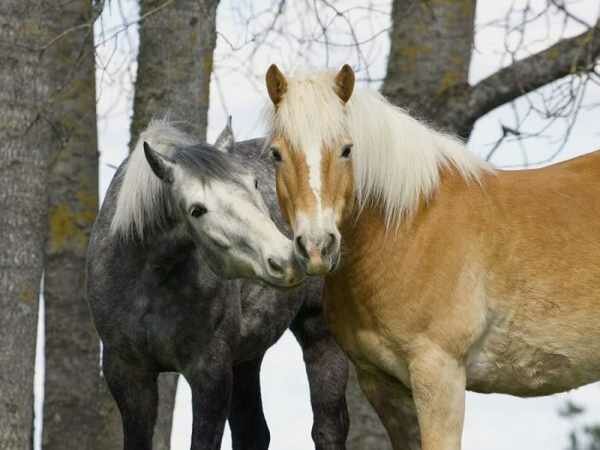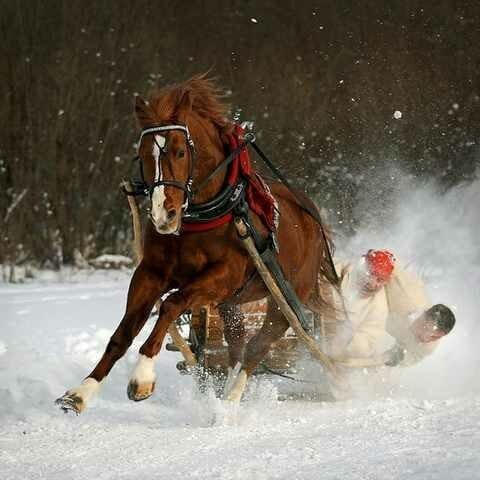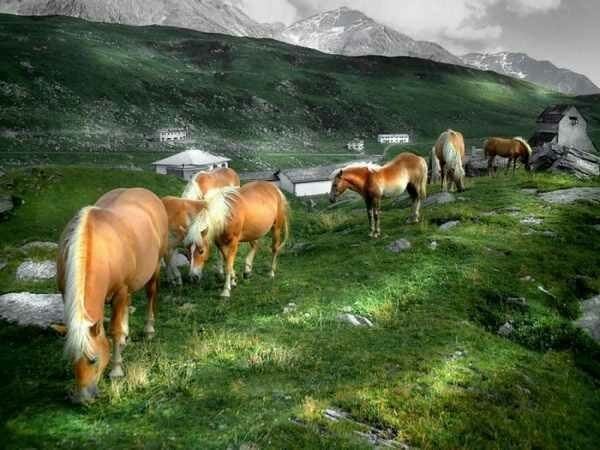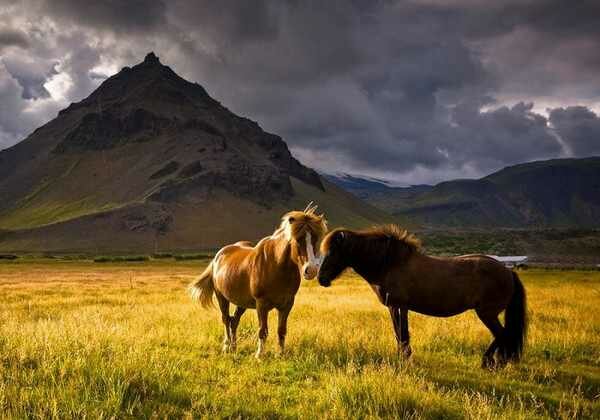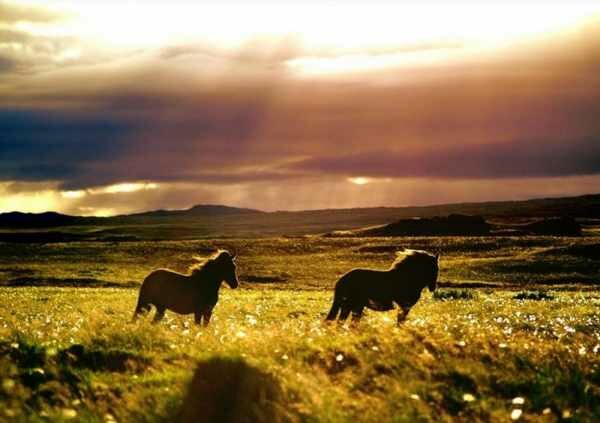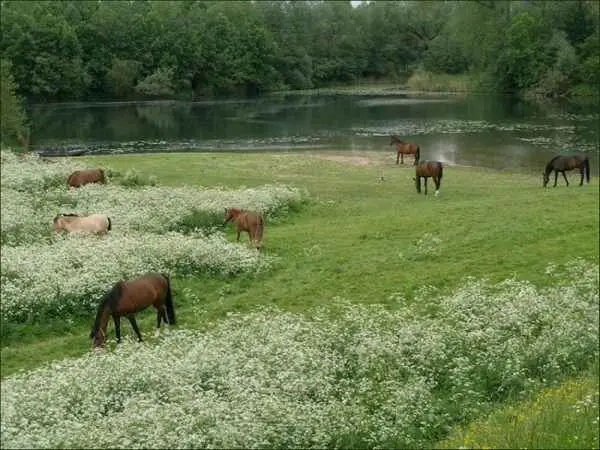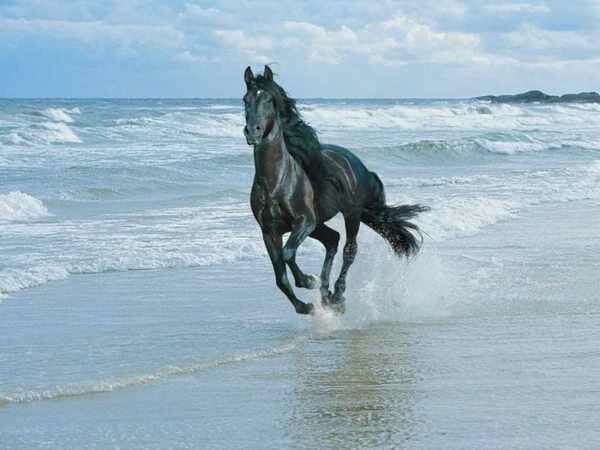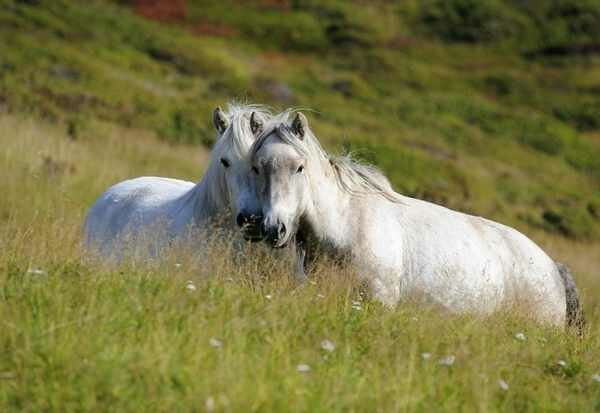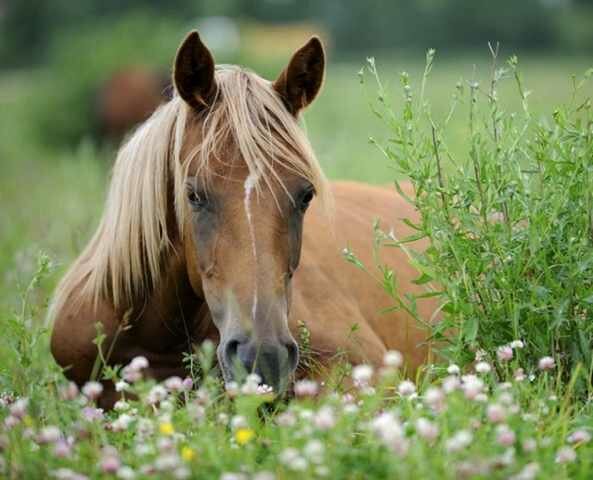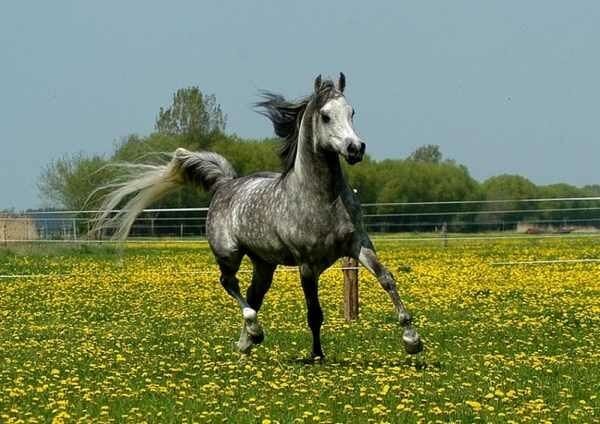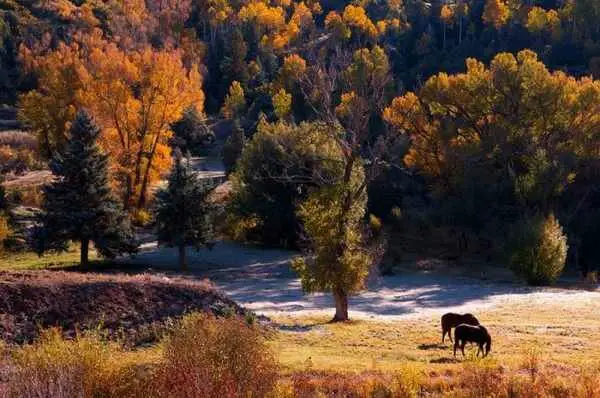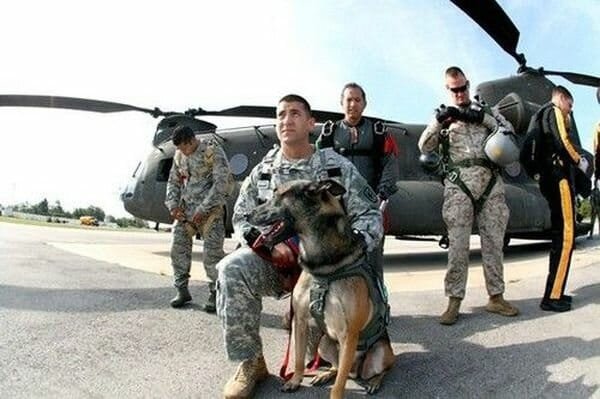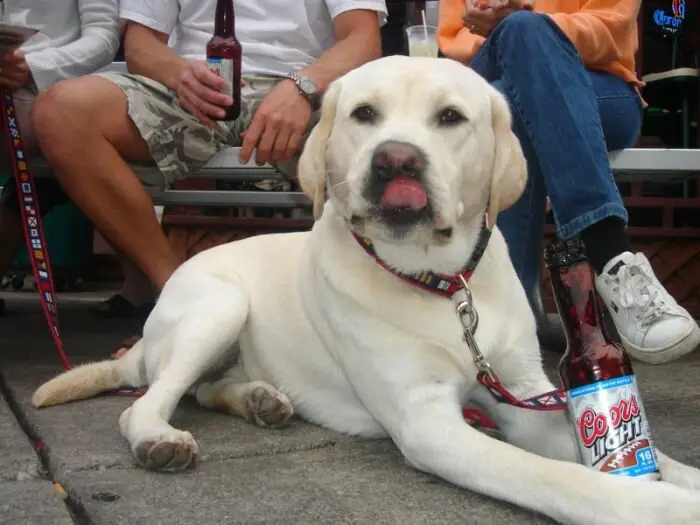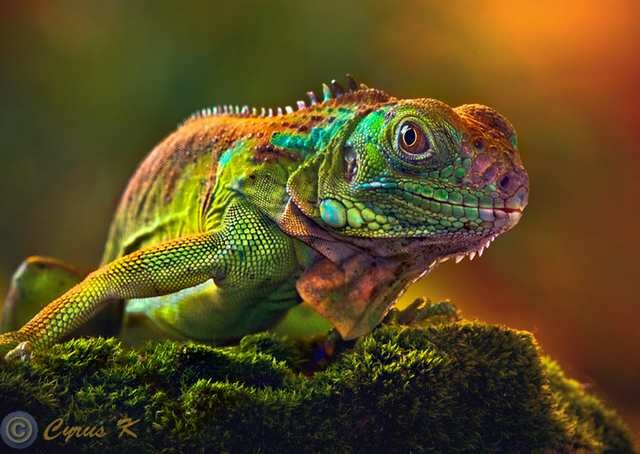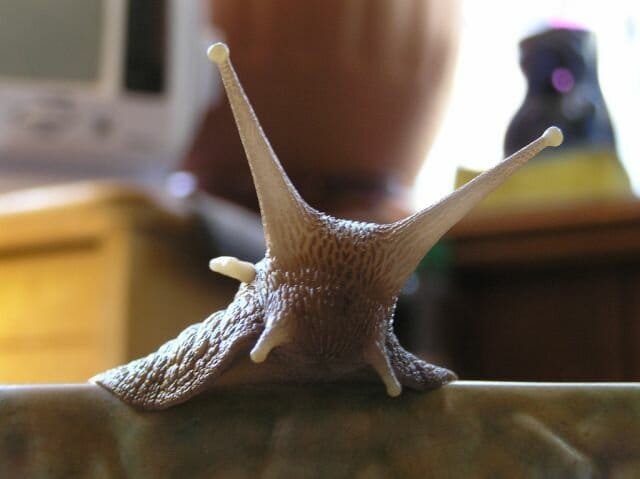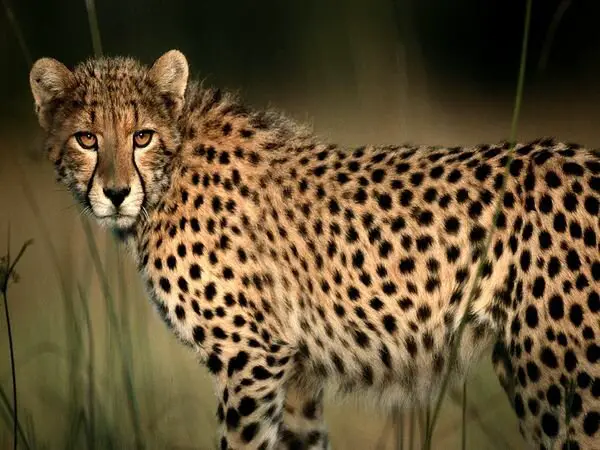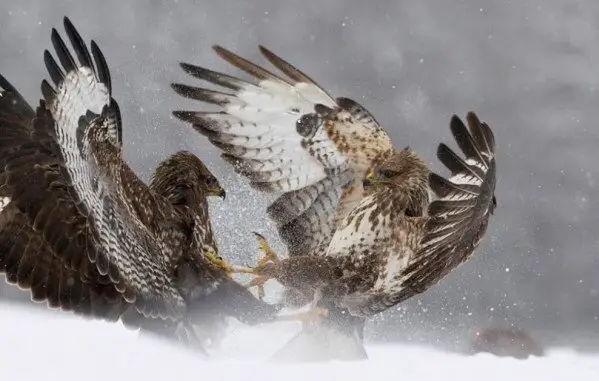The horse is a hooved mammal, a subspecies of the family Equidae. The horse has evolved over the past 45 to 55 million years from a small multi-toed creature into the large, single-toed animal of today. Humans began to domesticate horses around 4000 BC, and their domestication is believed to have been widespread by 3000 BC. Although most horses today are domesticated, there are still endangered populations of the Przewalski’s Horse, the only remaining true wild horse, as well as more common populations of feral horses which live in the wild but are descended from domesticated ancestors. There is an extensive, specialized vocabulary used to describe equine-related concepts, covering everything from anatomy to life stages, size, colors, markings, breeds, locomotion, and behaviour.
0 Shares
GalleryMilitary Dog Skydiver
- November 22, 2020
GalleryPenguin In A Diving Suit
- November 23, 2020
You May Also Like
Dogs And Beer
- PetsFoto
- January 22, 2021
- 1 minute read
Eternal human dilemma of a dog or a beer? Of course it's a small room in the leisure and entertainment. Some would say, beer of course, animal lovers will always tell a dog. It is man's best friend, but many will say the beer is man's best friend. To determine what?
Beautiful Images Of Animals
- PetsFoto
- January 22, 2021
- 1 minute read
Animals are a major group of mostly multicellular, eukaryotic organisms of the kingdom Animalia or Metazoa. Their body plan eventually becomes fixed as they develop, although some undergo a process of metamorphosis later on in their life.
The Largest Snail In The World
- PetsFoto
- January 2, 2021
- 1 minute read
Snail is a common name for almost all members of the molluscan class Gastropoda that have coiled shells in the adult stage. When the word is used in a general sense, it includes sea snails, land snails and freshwater snails. Otherwise snail-like creatures that lack a shell are called slugs.
Cheetahs Diaries … The Hard Fight for Survival
- PetsFoto
- August 9, 2020
- 1 minute read
The cheetah is an atypical member of the cat family that is unique in its speed, while lacking strong climbing abilities. The species is the only living member of the genus Acinonyx.
Wildlife Through The Lens
- PetsFoto
- August 14, 2020
- 1 minute read
Nature photographers eyes, the animals through the lens of professional cameras. Amazing footage, rare moments, unusual "model".
Monkey Feeding Elephant
- PetsFoto
- August 31, 2020
- 1 minute read
A monkey is any cercopithecoid or platyrrhine primate. All primates that are not prosimians or apes are monkeys. The 264 known extant monkey species represent two of the three groupings of simian primates. Monkeys are generally considered to be intelligent and, unlike apes, monkeys usually have tails.
